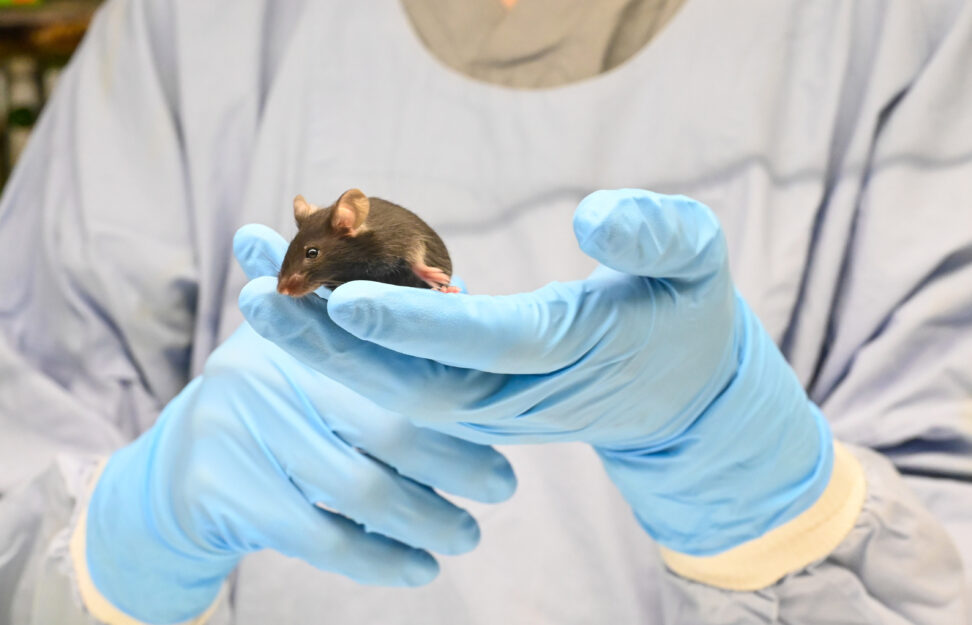Medical research with the use of animals
At Centenary, we are dedicated to making sure that all animals involved in our life-saving medical research are treated ethically and humanely. Here’s why our work matters and how we do it.
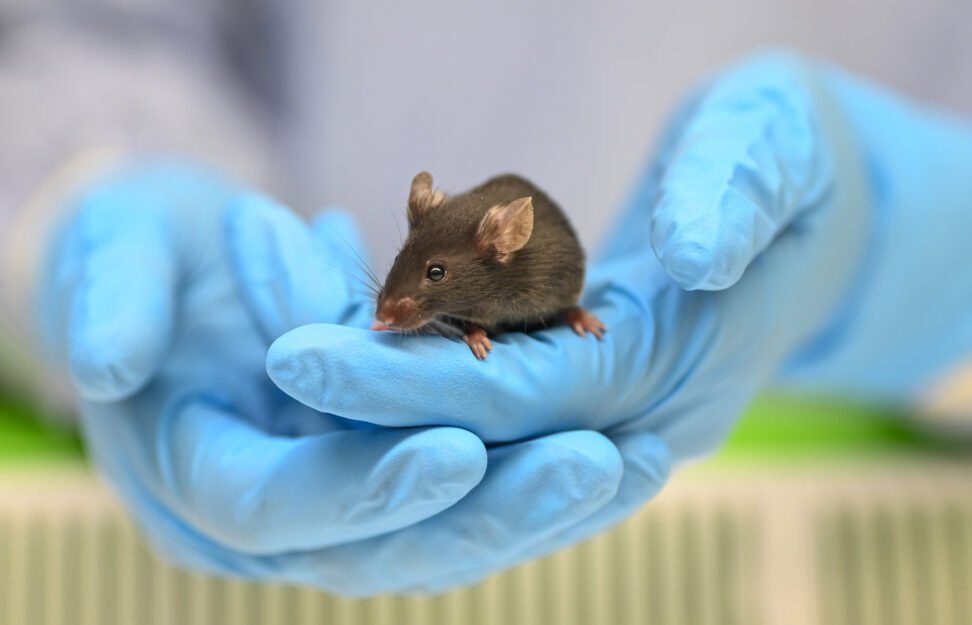
The use of animals for medical research plays a crucial role in understanding complex biological processes and diseases, and the development of new medicines and therapies, all with the ultimate goal of enhancing human health and saving lives.
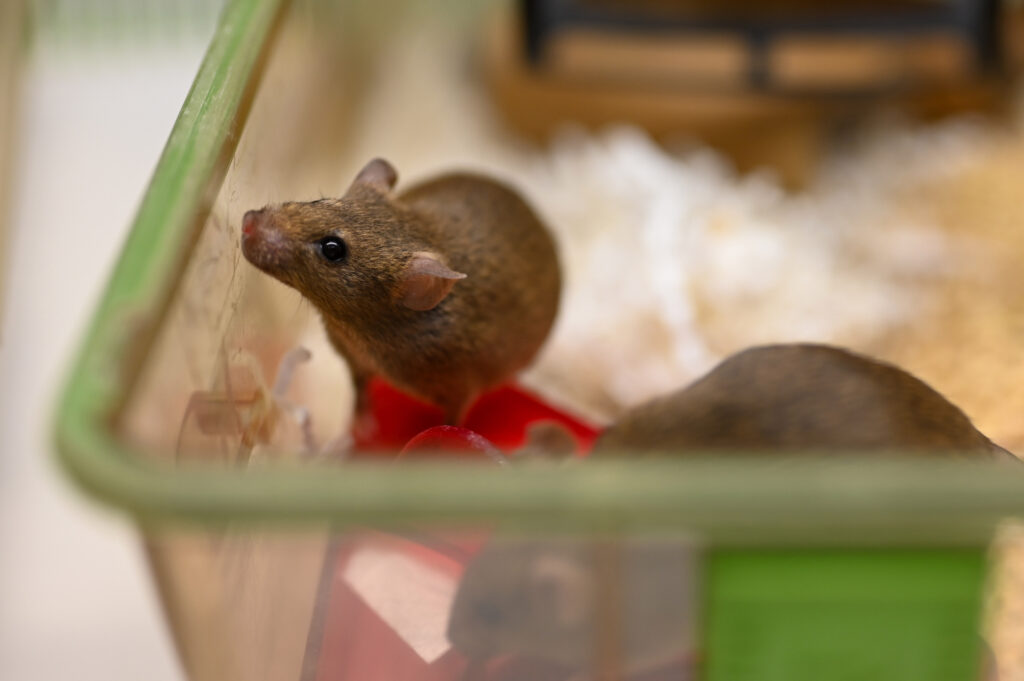
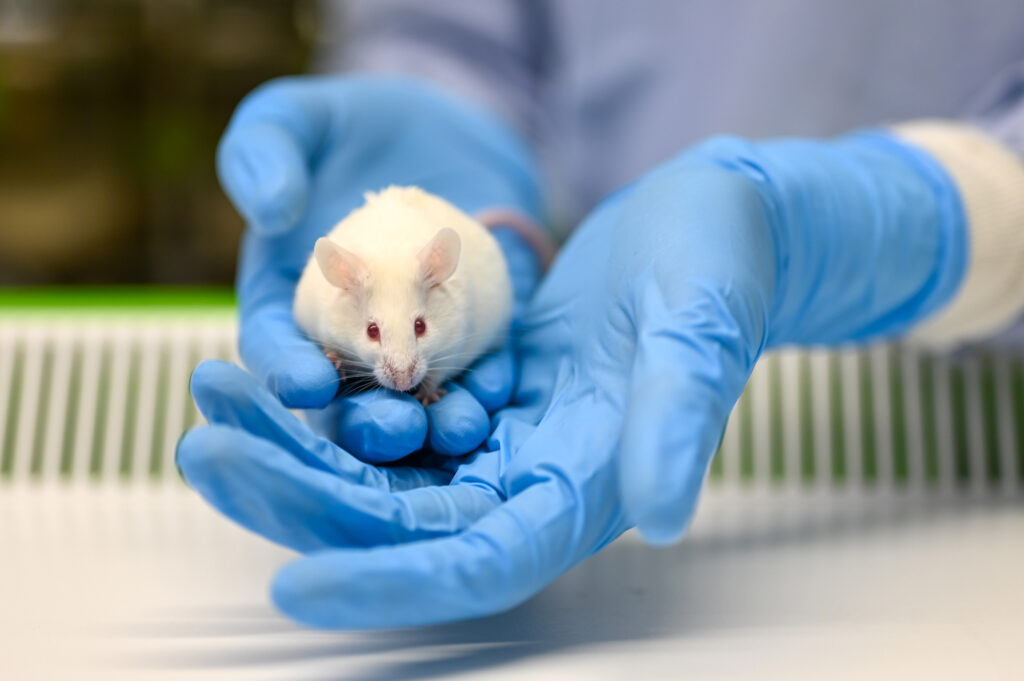
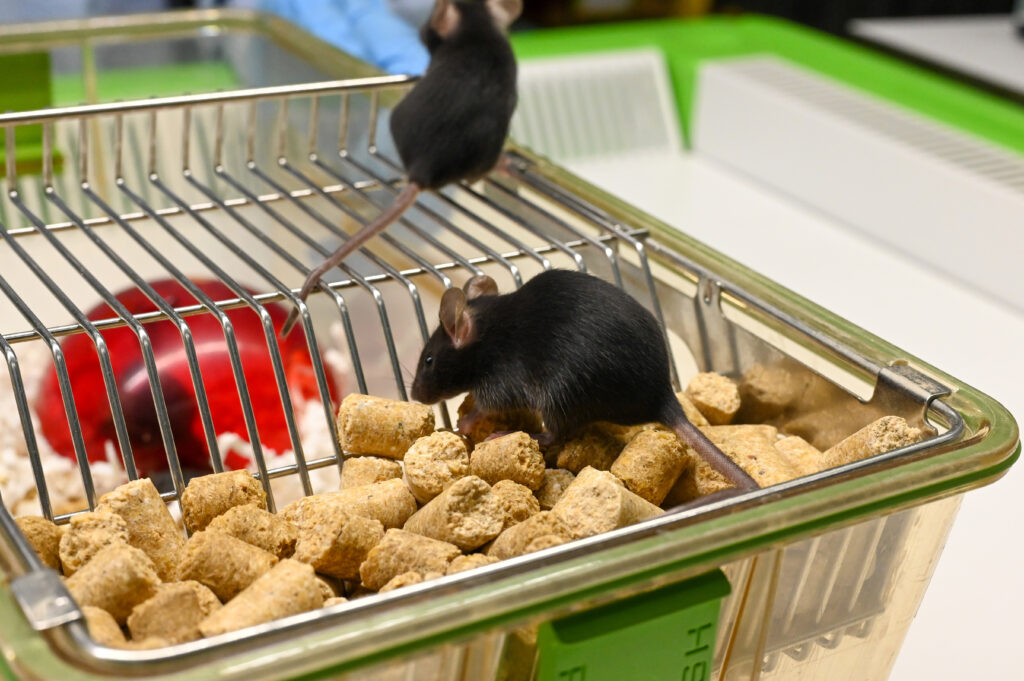
Centenary is committed to tackling humanity’s most critical health challenges, spanning the critical areas of cancer, cardiovascular disease, rare diseases, inflammation, infectious diseases, healthy ageing and biomedical AI. In line with this commitment, we use many differing research models that include cell cultures, computer modelling and organ-on-a-chip technologies. Only when there are no other methods available, we engage in research with animal models. We adhere rigorously to the highest ethical standards with all work approved by an independent animal welfare committee. Regulated research involving animals remains essential for the development of new transformational treatments and cures that save lives and alleviate suffering.
Research with animals is necessary for several reasons. First, while non-animal research model alternatives are valuable, they have limitations in providing a comprehensive and realistic representation of the human body and its complex biological systems. The human body has hundreds of different cell types and utilises possibly billions of distinct molecules, our understanding of which is still emerging. Second, animals share numerous biological similarities with humans, making them invaluable models to study diseases and potential treatments in a living system that closely resembles our own. Lastly, animals have a shorter lifespan compared to humans, enabling researchers to investigate the long-term effects of treatments and interventions within a reasonable timeframe.
Importantly at Centenary, we are constantly striving to keep up with the latest technology and we take our use of animals extremely seriously. We use the full range of cell based and computational methods to answer our experimental questions and to develop treatments when possible. We only use animals for questions which cannot be answered with these other technologies.
Animal research has played a vital role in many of the medical breakthroughs and advances that we now take for granted. This includes vaccine development for diseases like polio, tuberculosis and COVID-19; the development of chemotherapy and immunotherapies to treat cancer; and insulin development to aid individuals with diabetes. These achievements have significantly alleviated suffering on a large scale. Detailed accounts of major discoveries made at Centenary to enhance human health and benefit society can be explored on our ‘breakthroughs page’.
At Centenary, we primarily use mice and zebrafish in our research activities, employing these animals only when no other alternatives are available.
Mice are used in our medical research because their genetic, biological and behavioural characteristics closely resemble those of people, making them valuable models for studying diseases and for testing potential treatments. We share 95% of our genes with a mouse, making them an extremely effective model for the human body.
Zebrafish are used in our research because they also share genetic and biological similarities with people. Approximately 70-80% of human genes have a related counterpart in zebrafish. This similarity is particularly significant in genes associated with various diseases, including cancer, cardiovascular conditions and neurological disorders.
By utilising mice and zebrafish, we gain valuable insights into human biology, diseases and potential treatments and cures.
Disease areas that we are currently tackling with our animal research includes cancer, tuberculosis (TB), chronic obstructive pulmonary disease (COPD), cardiovascular disease, COVID-19, asthma and Alzheimer’s disease.
The 3Rs
At Centenary, we adhere to the ethical guidelines known as the ‘3Rs’ of animal research—Refine, Reduce, and Replace. These are fundamental principles ensuring the humane use of animals in scientific studies.
Our commitment involves refining procedures involving animals to minimise potential pain and distress, enhancing animal welfare. We prioritise reducing the number of animals used to the minimum necessary, aiming to obtain valuable information from fewer animals or maximising information from the same number. Additionally, we emphasise the replacement of animal usage with alternative techniques or complete avoidance of animal use wherever feasible.
Any Centenary researcher planning to incorporate animals into their research is required to demonstrate their thorough consideration of the 3Rs in their approach.
All research involving animals is approved by an independent animal welfare committee that includes members from welfare groups, the general community, researchers and vets.
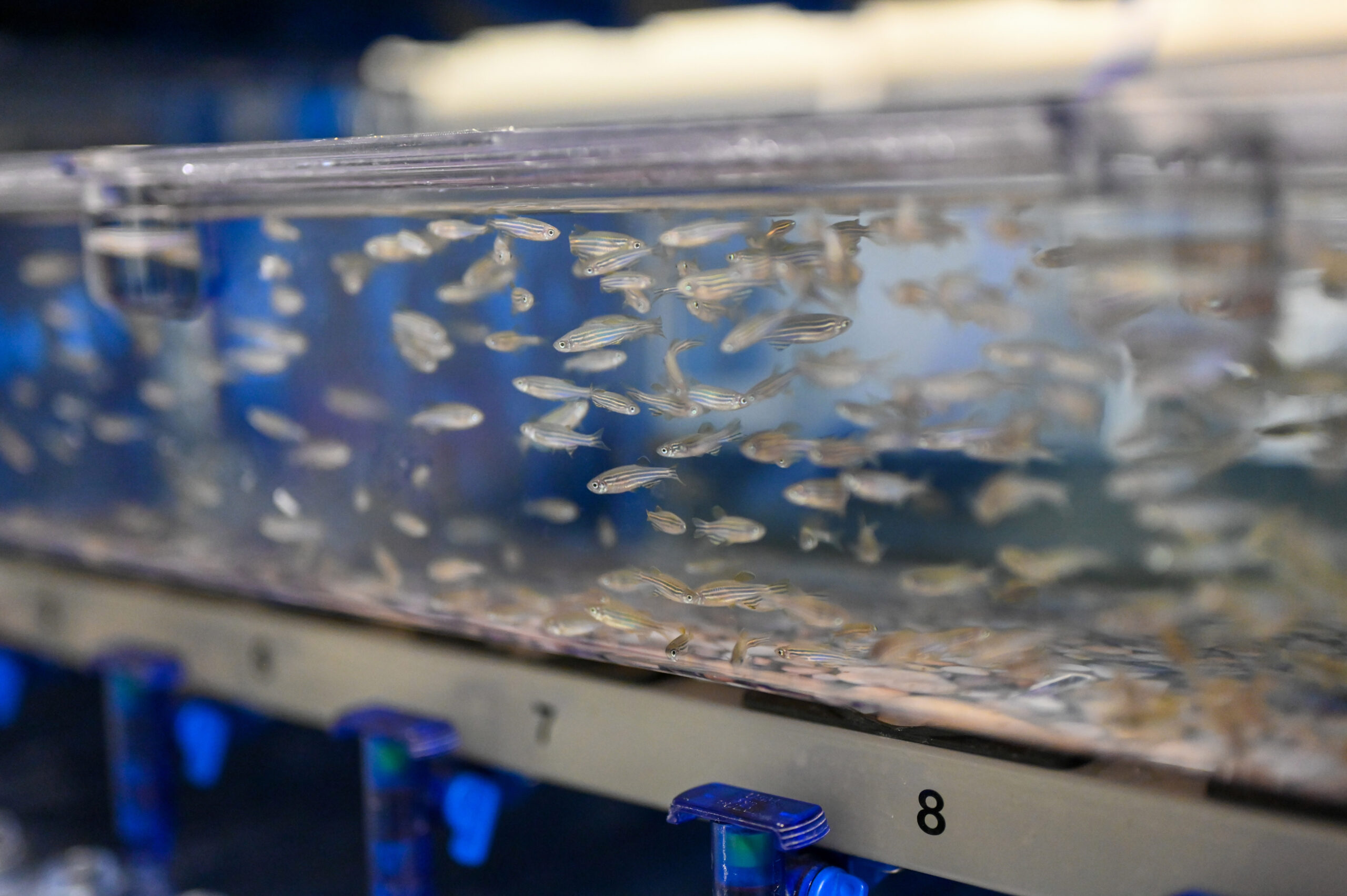
All mice and zebrafish at Centenary are housed in strictly regulated facilities with climate control, strict hygiene procedures, quality feed and environmental enrichment, providing them with the highest quality living conditions. Our animal facilities are also staffed by highly skilled and knowledgeable professionals who ensure the highest animal welfare standards.
We are dedicated to maintaining the highest animal welfare standards at Centenary and fully comply with all national regulations and animal ethics guidelines. All animals involved in our research are treated respectfully and humanely at all times.
Any research involving animals is conducted only after appropriate ethical consideration and review in accordance with the Australian Code for the Care and Use of Animals for Scientific Purposes 2013, as incorporated in the Animal Research Act 1985 and the Animal Research Regulation 2021 (NSW). All research activities at Centenary are also performed in accordance with the Australian Code for the Responsible Conduct of Research 2018.
As a signatory of the Openness Agreement on Animal Research and Teaching in Australia, we believe in transparency when it comes to use of animals in our life-saving medical research. This includes a dedication to being open about our involvement in the use of animals; enhancing our communications with the media and the public about our use of animals; being proactive in providing opportunities for the public to find out about our research; and reporting annually on our efforts to improve openness in our use of animals.
Further information To find out more about the use of animals in research, you may wish to visit the website of Understanding Animal Research Oceania, an Australian not-for-profit organisation that supports greater understanding of how and why animals are used in medical and scientific research.
We firmly believe the use of animals in research is a privilege not a right!
